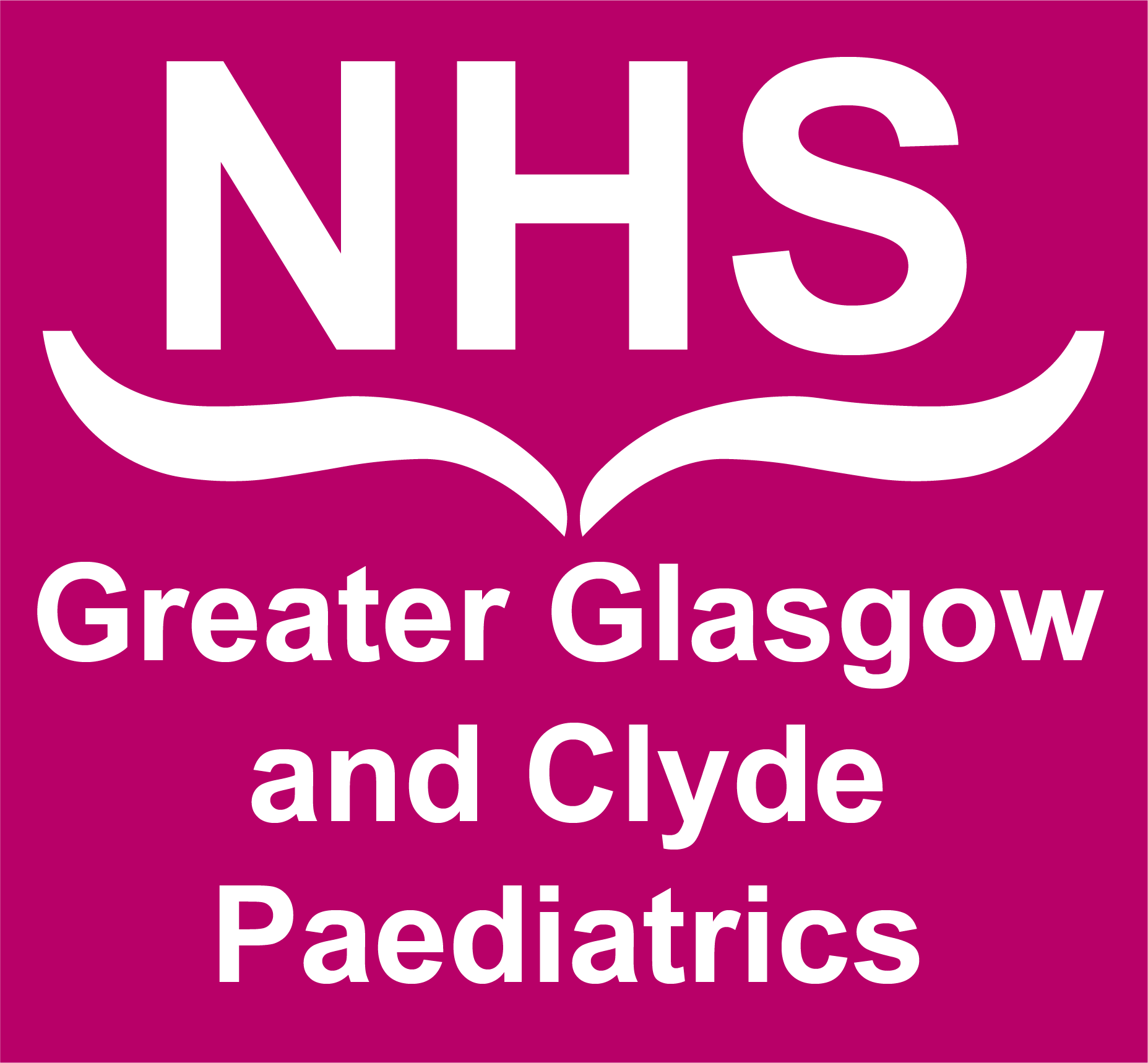Treatment should be started if the infant is felt to be unduly irritable and difficult to console, and the Lipsitz score is > 5 on two occasions 12 hours apart despite swaddling and prolonged nursing +/- the use of a dummy. Treatment may also be required if the symptoms are sufficient to cause poor feeding and/or ongoing weight loss after 5 days. The Lipsitz score must be interpreted with care in an infant with a co-existent respiratory illness. A single high NAS score must be interpreted with caution; the decision to start treatment must take into account the baby’s clinical condition as well as the scoring, and should follow discussion with middle grade or more senior paediatrician.
Infants considered to require treatment for NAS should be reviewed by a middle grade doctor or ANNP prior to starting treatment, and midwifery staff caring for the baby in a postnatal ward or transitional care facility must be familiar with prescribing, dispensing and administering oral morphine solution.
There are increasing studies in the literature comparing sublingual buprenorphine to oral morphine for treatment of opiate withdrawal. Some of these studies suggest a reduction in length of treatment and hospital stay with sublingual buprenorphine, although surveys suggest that > 80% of neonatal units still use oral morphine or methadone as first line treatment. Limitations of these studies include being single centred and non-blinded and there is overall insufficient evidence to determine safety of buprenorphine in the neonatal population. We therefore still recommend oral morphine as first line treatment for opiate withdrawal at present.
Pharmaceutical treatment:
This will depend upon the mother’s drug use during pregnancy. Mothers will fall into 3 groups:
- Opiate/opioid use only (legally prescribed or illicit)
- Opiate/opioid plus benzodiazepine +/- other substances of misuse C. No history of opiate/opioid use
Groups A and B (opiate/opioid use)
Initial therapy - oral morphine solution 60 micrograms/kg four hourly
Escalating treatment - if symptoms are not controlled within 24 hours
- Increase oral morphine daily by 10 micrograms/kg per dose to a maximum of 80 micrograms/kg/dose
- If symptoms are not controlled after 48 hours on the maximum dose of oral morphine add Phenobarbital (dose as below)
Group C (no history of opiate/opioid use)
Initial therapy - start oral phenobarbital – loading dose 15 mg/kg, followed by maintenance dose 8mg/kg once daily (maintenance dose generally prescribed in the evening). Note that it may take several days for symptoms to come under control after phenobarbital has been commenced.
Weaning treatment:
Weaning of treatment should be commenced when the symptoms of NAS are adequately controlled. This may be defined as a Lipsitz score of < 5 on at least one occasion in the past 24 hours. Symptoms may also be considered controlled if the infant is able to be consoled (even if lots of nursing required) and is sleeping for periods of at least two hours between feeds. Weight gain is also a good indicator of resolving NAS.
Babies on oral morphine only
Each day, wean the oral morphine by 10 micrograms/kg per dose.
If symptoms worsen (scores > 6) during the weaning process, review the maternal drug history and consider addition of oral phenobarbital rather than stopping or reversing the weaning of the morphine therapy. The aim is to reduce and stop the morphine therapy within the first 10 days of life to avoid admission to the NNU.
Babies on oral morphine and phenobarbital
Each day, if scores remain < 5, wean the oral morphine by 10 micrograms/kg per dose.
Oral morphine should be weaned completely before reducing the phenobarbital therapy. Once the morphine has been discontinued the phenobarbital may be weaned in hospital or, if the there are no other reasons for the baby to remain in hospital, as an out-patient.
Weaning Phenobarbital
In-patient - If it is anticipated that the baby will remain in hospital for some time then weaning the Phenobarbital dose may commence as an inpatient. Wean Phenobarbital by 2 mg/kg every two days if symptoms are controlled (scores < 5). Weaning may be accelerated if the baby is felt to be unduly sedated.
Out-patient - If home circumstances permit, consideration may be given to discharging the infant home on phenobarbital. This should be sanctioned by a consultant and regular review (1-2 weekly, depending on social circumstances and clinical stability) organised. Review may appropriately be either in a hospital outpatient clinic, or at home, by the community liaison team.
(This will be determined locally) Speed of weaning of phenobarbital will depend upon symptomatology, but it is rare for babies to require treated for more than six weeks in total. A suggested initial weaning regime is a reduction by 25% of the original dose; please refer to local advice.
NB – the phenobarbital should be prescribed as a hospital out-patient prescription (50 mg in 5 ml solution). Note that the phenobarbital solution available in community pharmacies is a different strength (15 mg in 5 ml) and is not suitable for these infants. Phenobarbital is a controlled drug and the script must fulfil requirements for a controlled drug prescription. Ask advice if you are not sure!
Criteria for Admission to SCBU for the treatment of NAS:
- Poor feeding requiring placement of a nasogastric tube.
- Mother discharged before infant ready for home.


